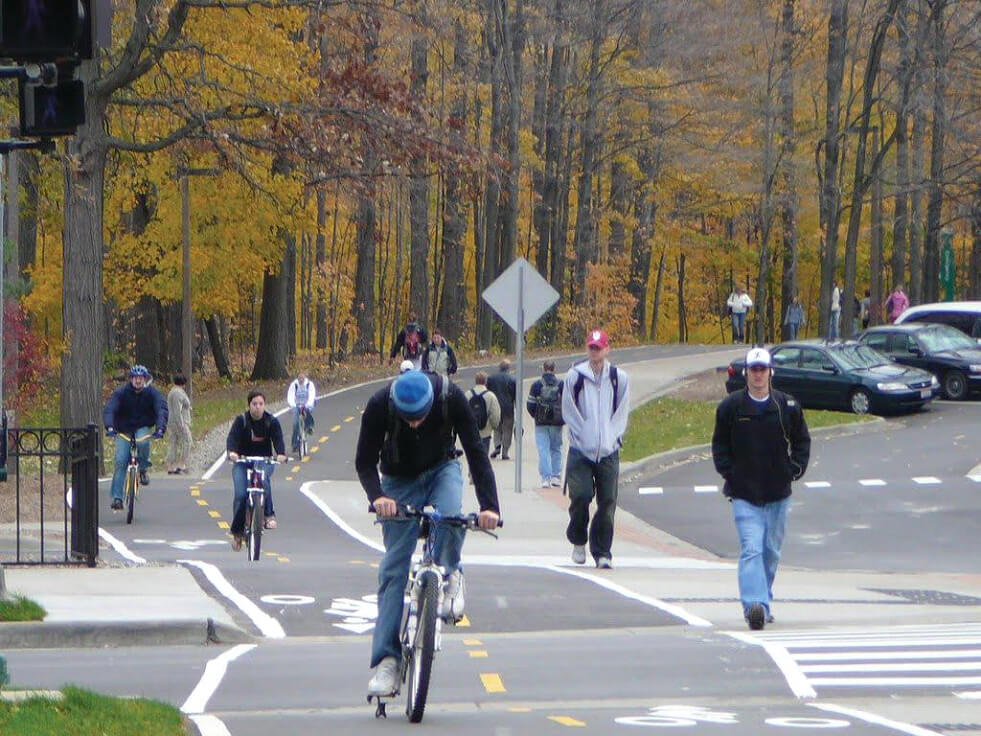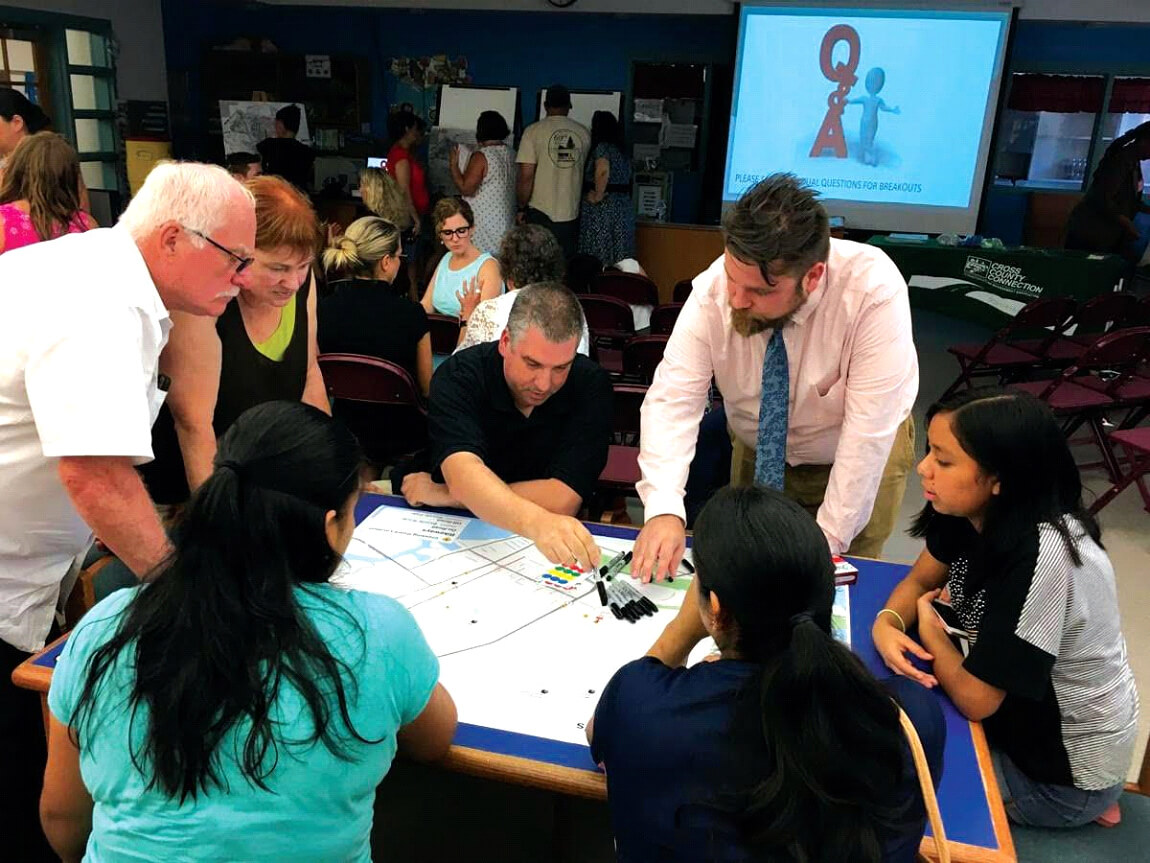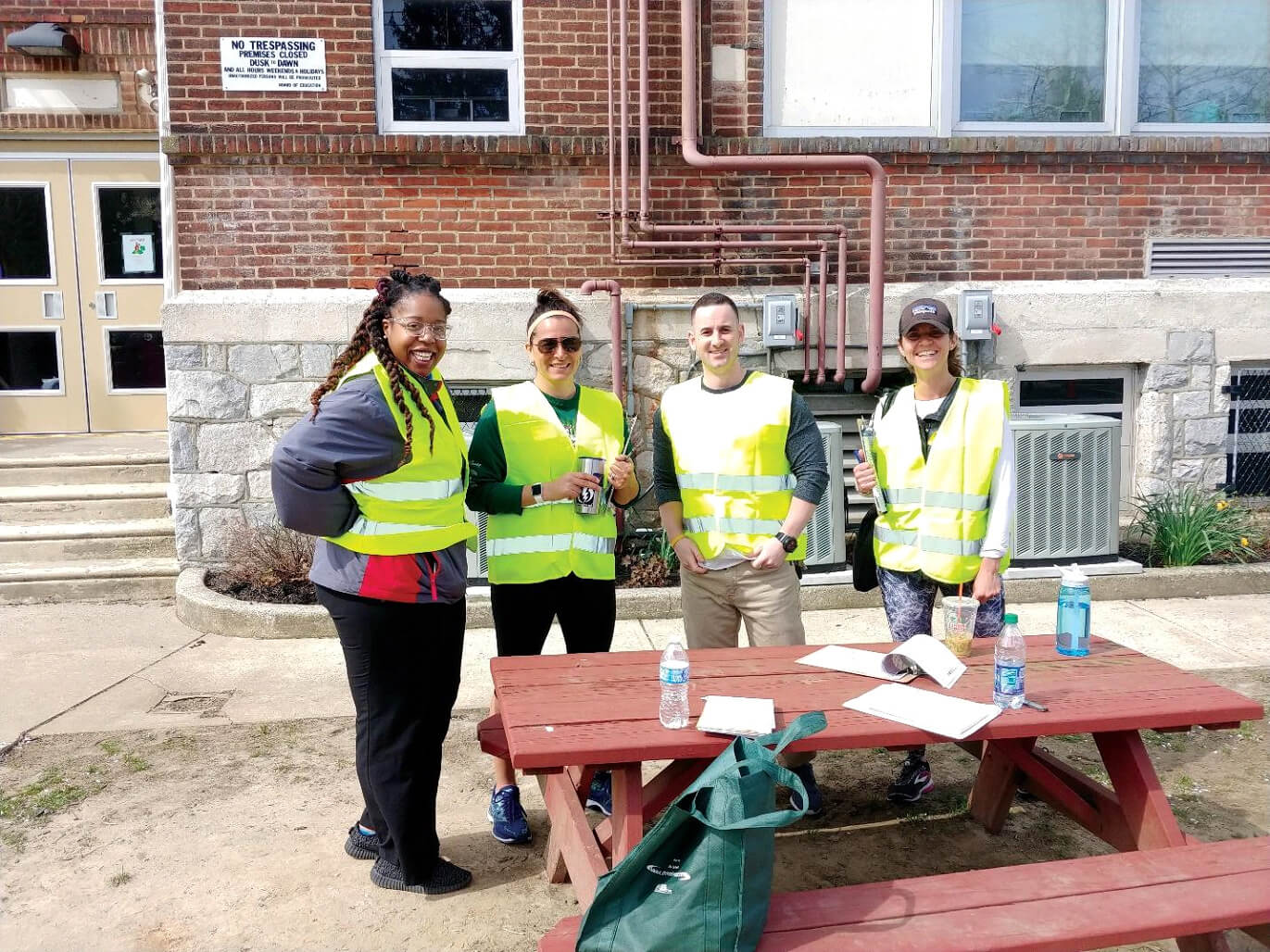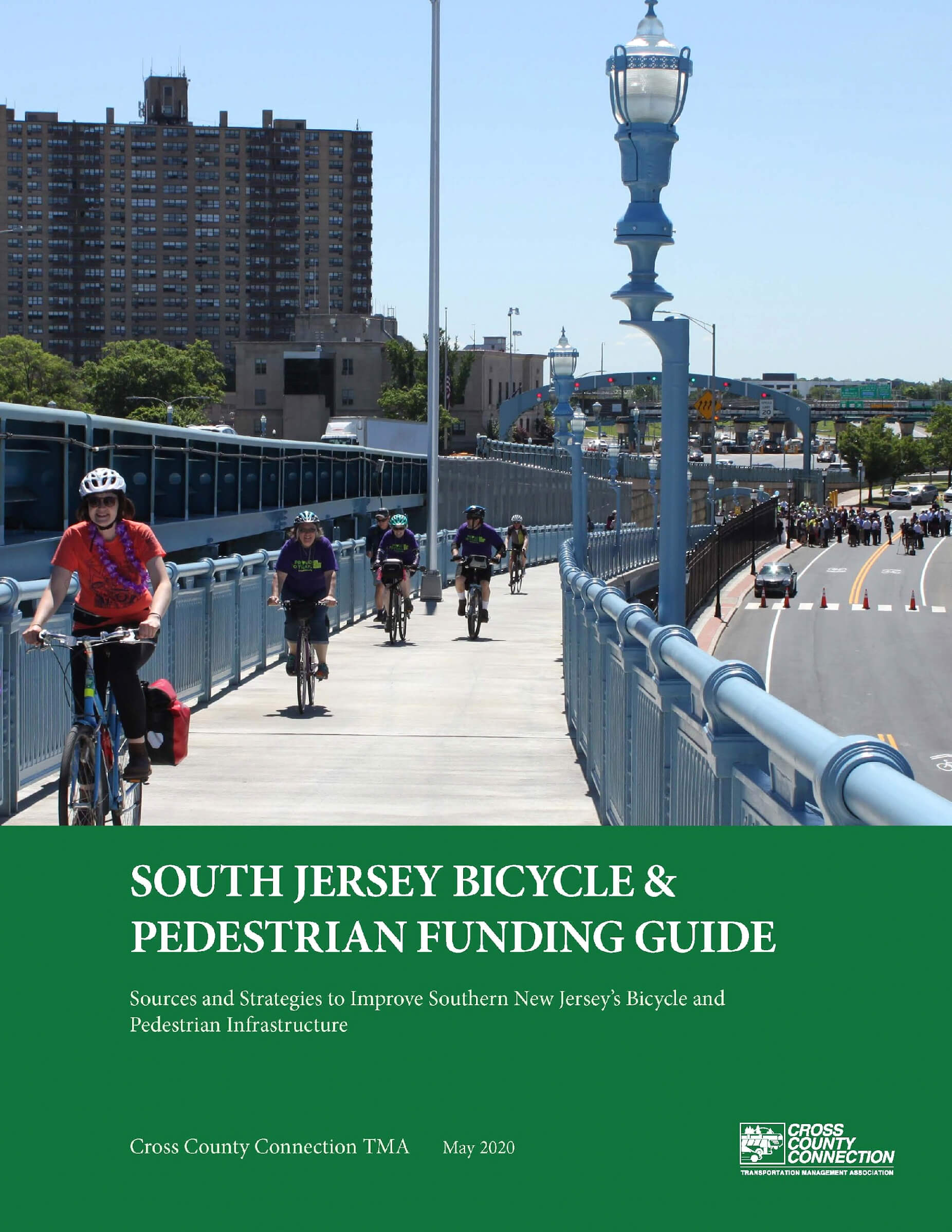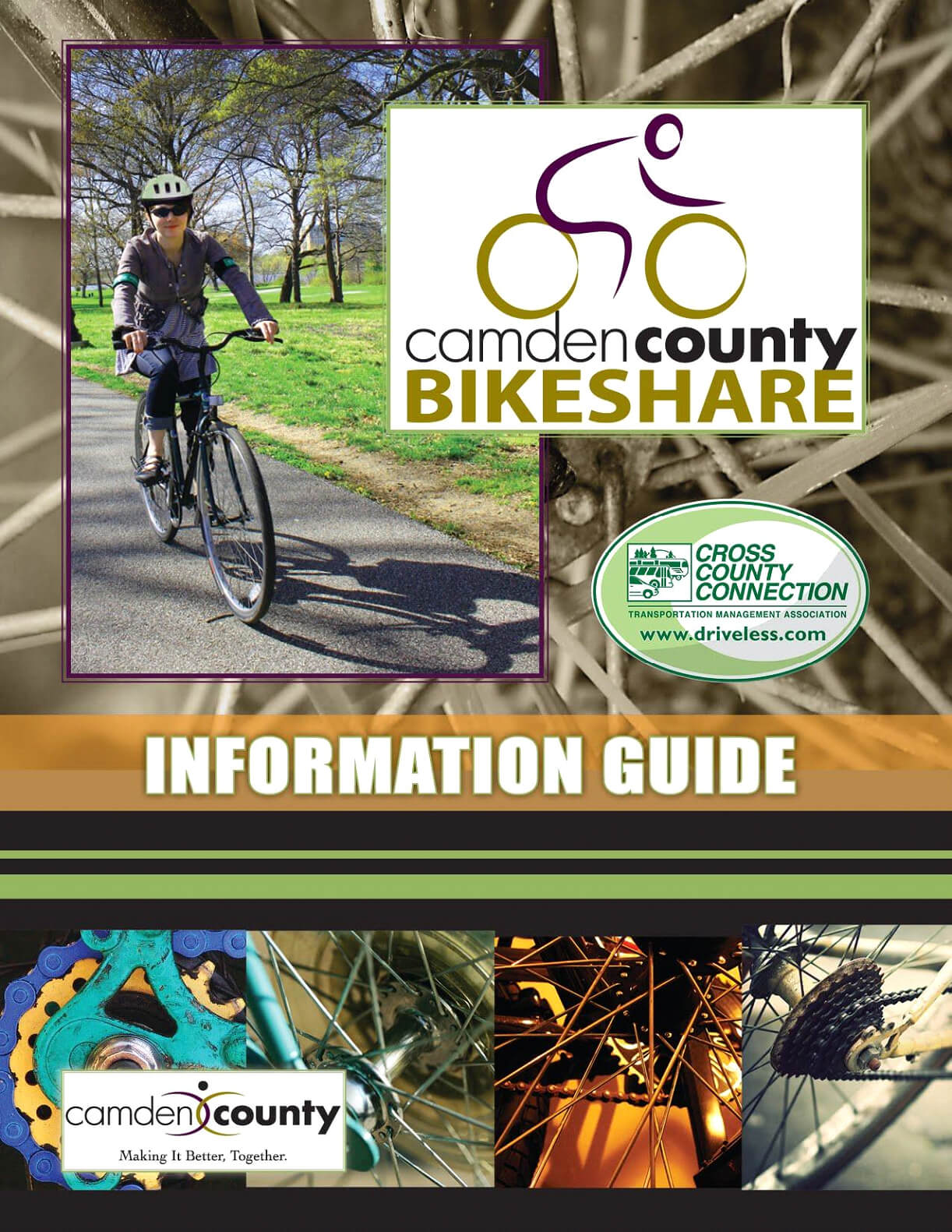Bicycle and pedestrian friendly communities are safer, happier, healthier, and more livable places. Approximately 33% of NJ’s road fatalities were pedestrians or bicyclists in 2019, despite only comprising an estimated 4% of road users.1 Proactive planning to accommodate pedestrians and bicyclist improves safety and can lead to additional benefits such as:
